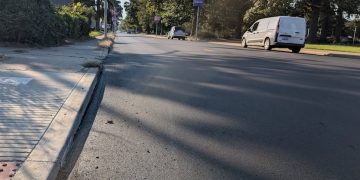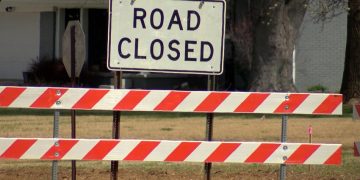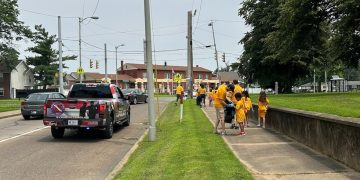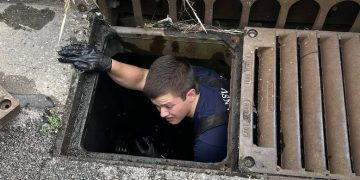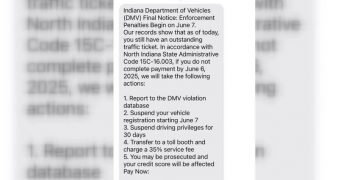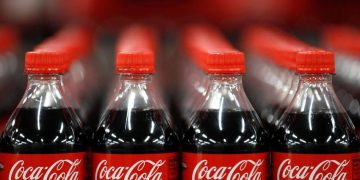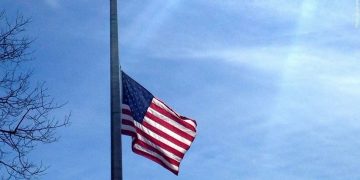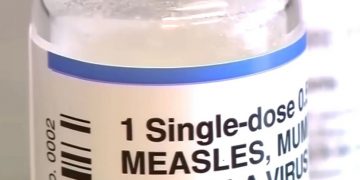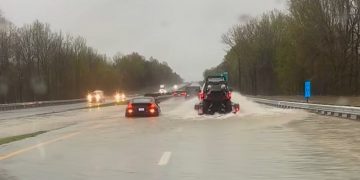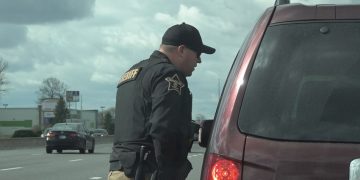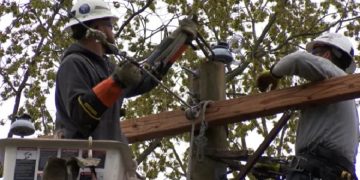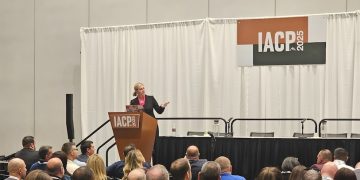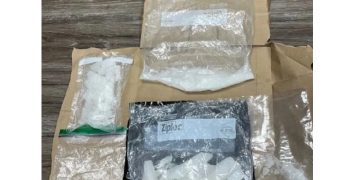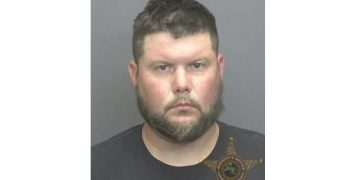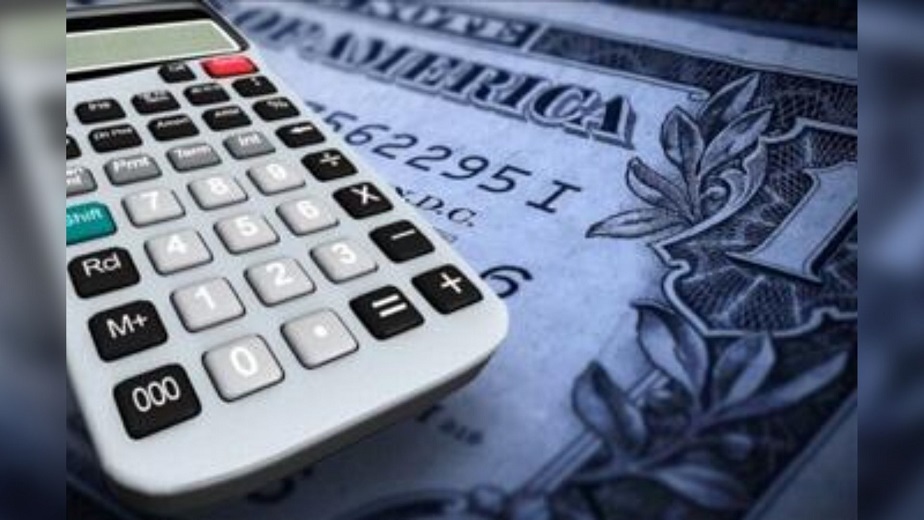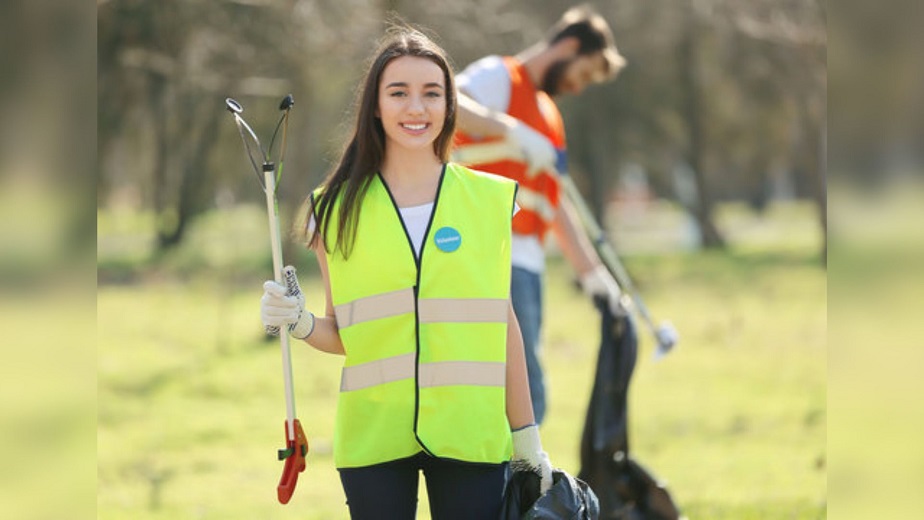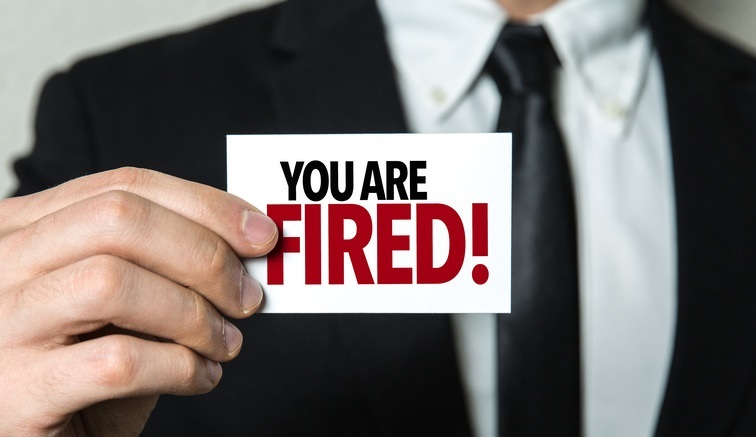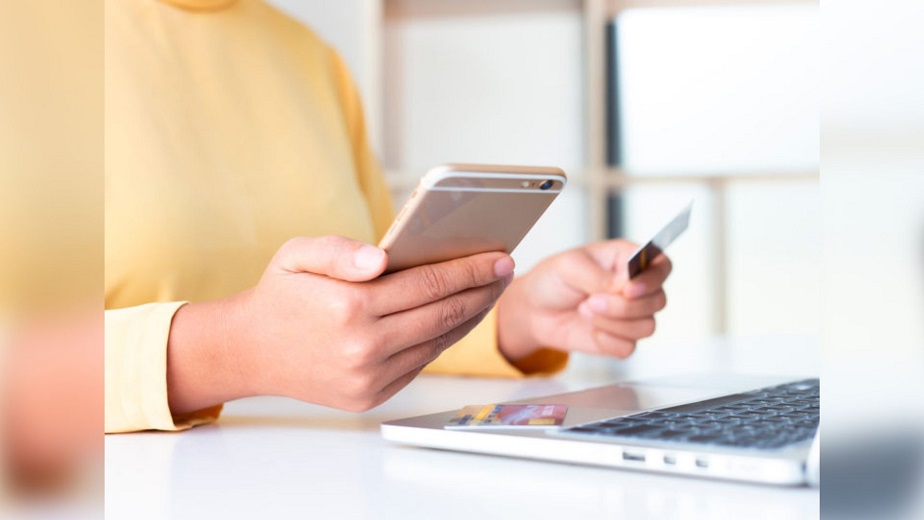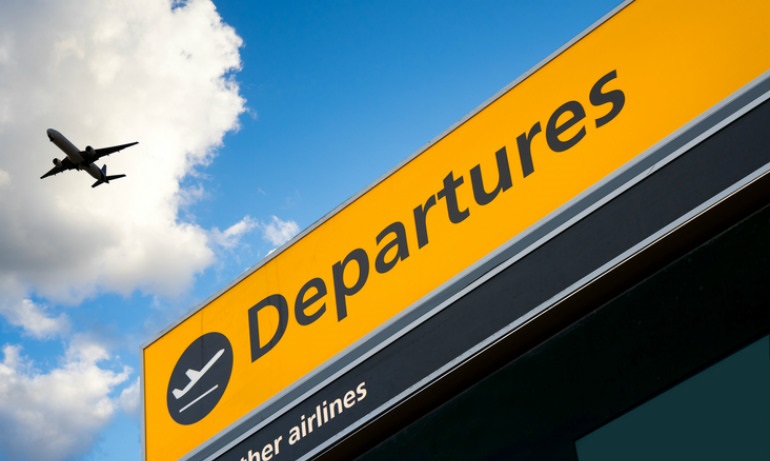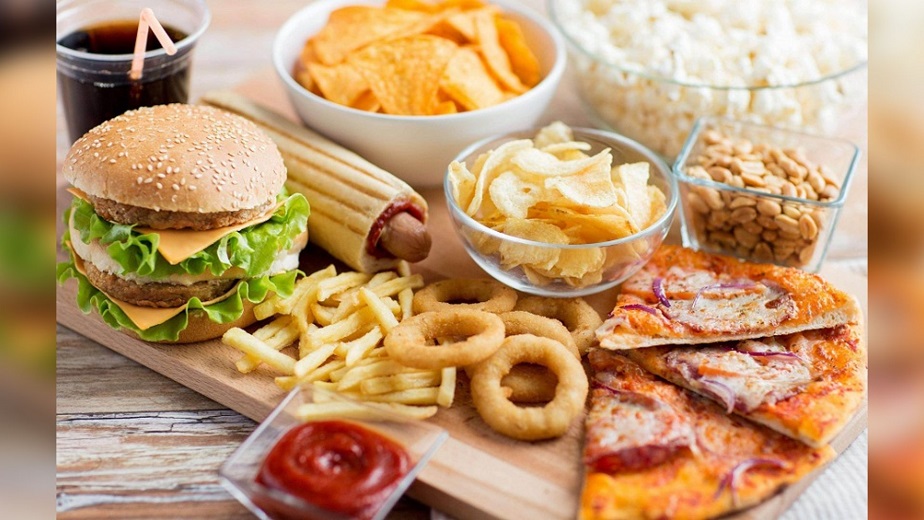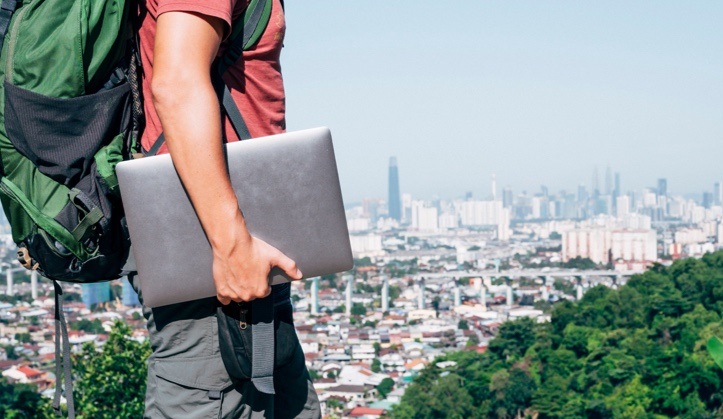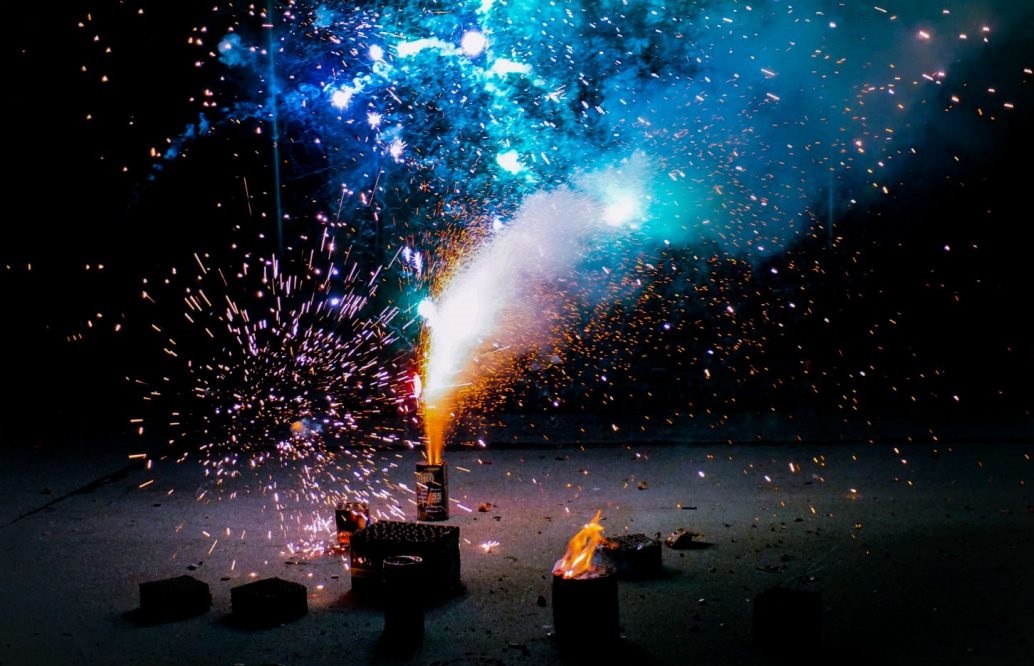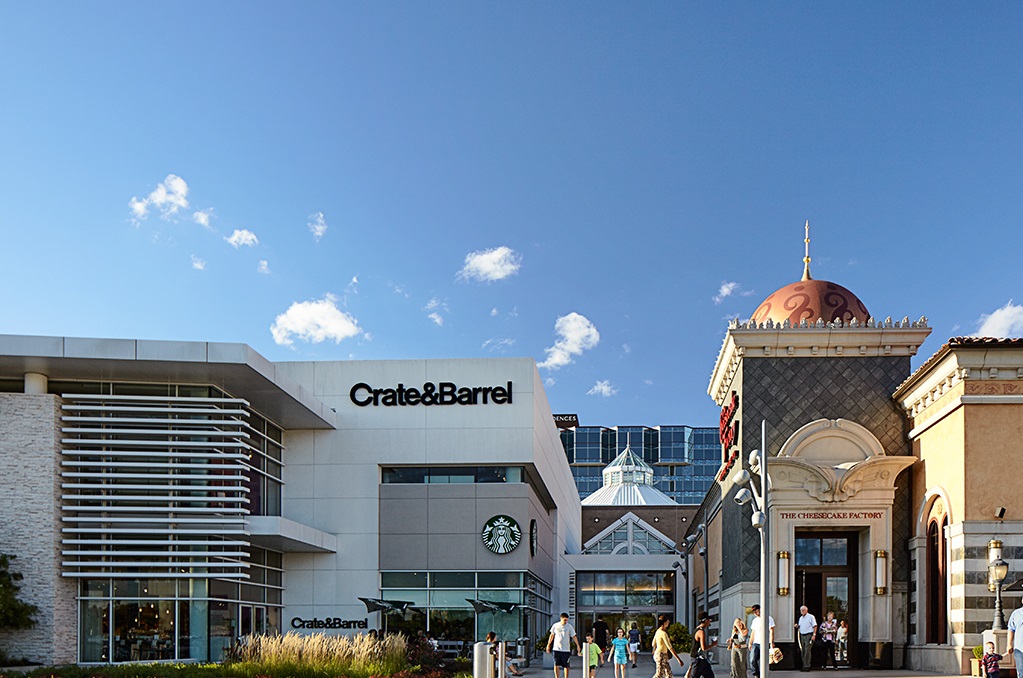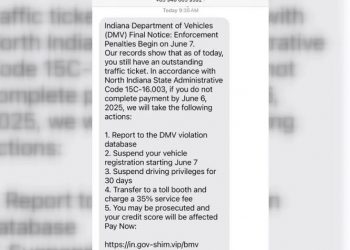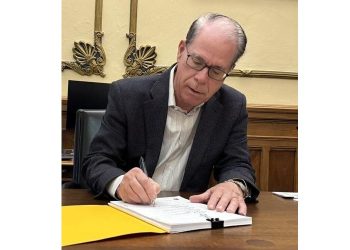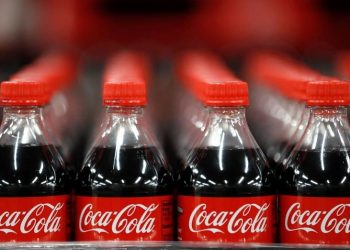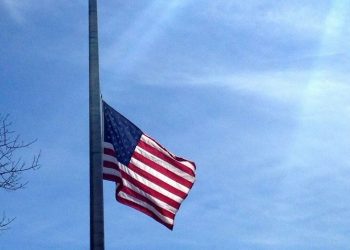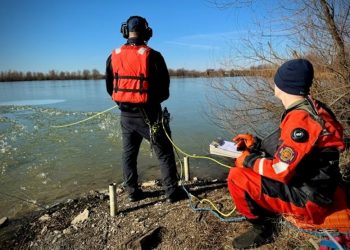Take-out from restaurants is picked up in styrofoam containers. Groceries are carried to cars in plastic bags. Online orders are shipped in bubble wrap. Where do the styrofoam containers, plastic bags and bubble wrap go after you’re done using them?
Usually, a landfill.
The COVID-19 pandemic has led to an increase of single-use items and packaging materials. All of these measures are necessary to prevent the spread of COVID-19, but will still have significant consequences for the environment.
Gov. Eric Holcomb signed a proclamation Nov. 12 recognizing Nov. 15 as America Recycles Day. This is a good step forward to raise awareness about recycling, but it is nowhere near enough. Even before the pandemic, Indiana was struggling to recycle.
Indianapolis is one of the most wasteful cities in the U.S., with a recycling rate of only 7%. The rest of the state has an average recycling rate around 20%. Bloomington’s rate was higher than average in 2017 at 34%.
A 2014 Indiana bill established a target statewide recycling rate of 50%. Originally, the goal was intended to be met by 2019, but the bill was passed without a date attached. It’s now 2020, and Indiana is nowhere near this goal.
Lack of knowledge is one of the biggest reasons people don’t recycle. Some people recycle even if they’re not informed, but this can be more harmful than helpful.
It’s not enough to just recycle. Everyone needs to recycle correctly.
A major problem for recycling is contamination. It can slow the recycling process, or even cause the whole bin of otherwise recyclable material to end up in a landfill.
Contamination increased by 41% in Indianapolis from March to May. During this time, some loads of recycling had contamination levels as high as 70%. For context, the average is usually between 25-30%. More people were spending time at home, and this led to spikes in residential waste. Well-meaning but uninformed recyclers had more opportunities to cause damage.
Greasy pizza boxes can’t be recycled, and neither can plastic utensils. More than half of Americans don’t know this, according to a 2019 survey.
To avoid this, double-check that your item really is recyclable. Recycling should be washed if possible, and it should not be bagged.
Indiana must invest in recycling education to avoid these high levels of contamination and increase the number of Hoosiers who recycle. There is a clear need for decisive state action on environmental issues.
Even though the state is Red, environmental programs are by no means unpopular in Indiana. Eight in 10 Hoosiers believe the state should prioritize the environment, even at the expense of the economy, according to a 2020 survey.
Hoosiers must be informed recyclers, especially now. The COVID-19 pandemic might end in the next year or so, but the plastic thrown away now will still be in a landfill in 100 years.
















